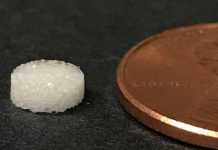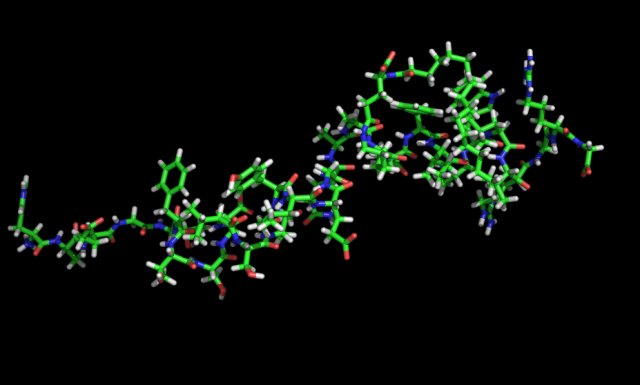October 2006: A noninvasive tool that measures the skin's autofluorescence could help doctors determine whether people with diabetes are beginning to develop serious complications, according to a study published in the November issue of Diabetes Care.
Researchers in the Netherlands found that illuminating a patient's lower arm with a fluorescent tube accurately reflects vascular damage caused by the accumulation of advanced glycosylation end products (AGEs). AGEs are produced in the body when glucose links with protein. They play a role in damaging blood vessels, which can lead to complications, such as nerve damage.
Previous studies have shown that AGEs have fluorescent properties. This study confirmed that those properties could be measured by illuminating the skin, and that high levels of autofluorescence were associated with more severe diabetes complications, such as neuropathy, retinopathy and cardiovascular problems.
"With this tool, doctors could easily check people with diabetes in an outpatient clinic setting to see whether they may already be developing dangerous complications," said lead researcher Dr. Helen Lutgers, of the University Medical Center in Groningen, the Netherlands. "The sooner complications are detected, the better the chance of preventing progression of damage."
The technology used in this study is currently commercially available in Europe. Until FDA approval is obtained, its availability in the USA is restricted to experimental use only.
Continue Reading Below ↓↓↓
Source: ADA









